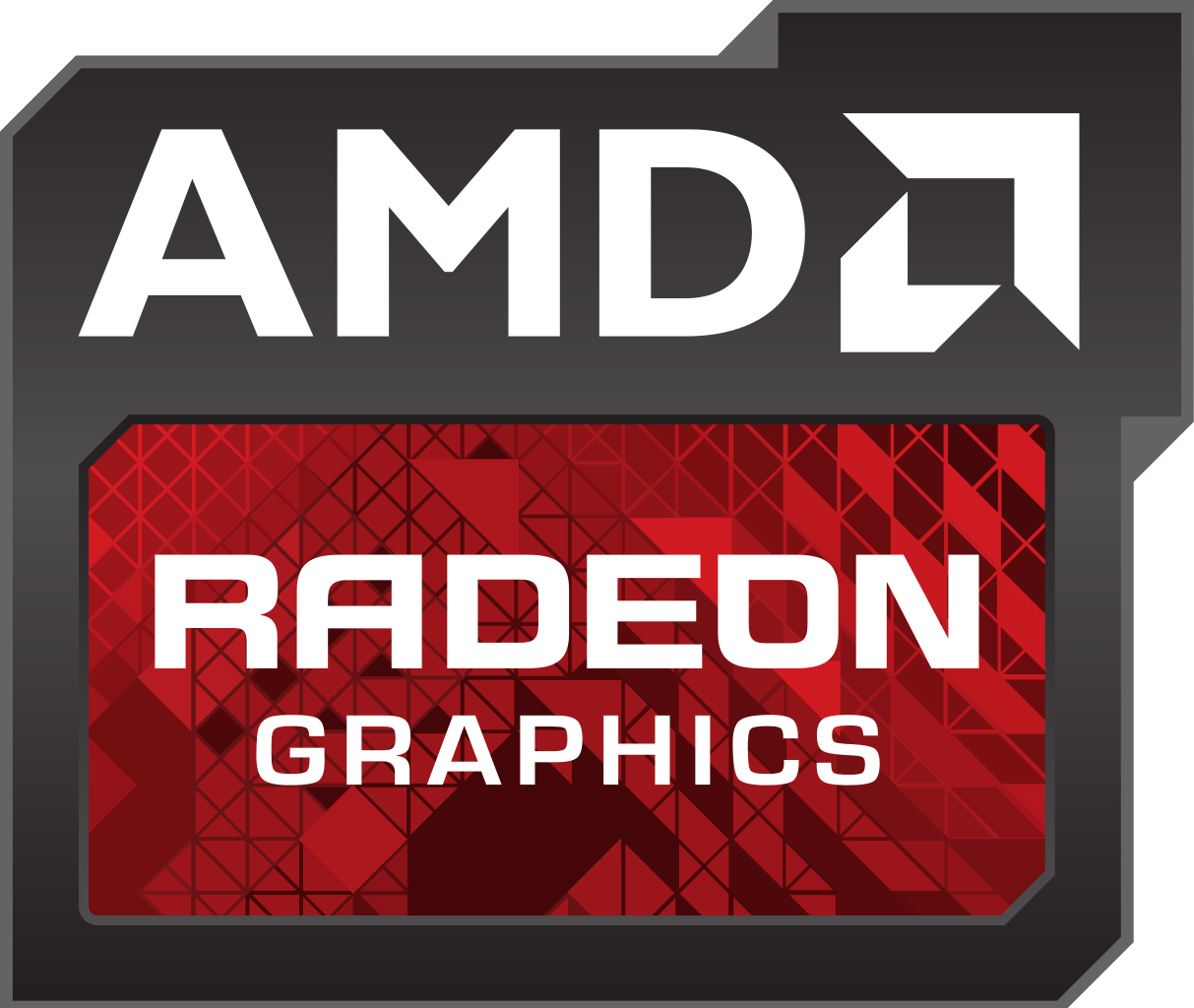The Real Reasons Behind Gaming PC Prices: What Drives the Cost and How to Save
Understanding the Cost of Gaming PCs
Gaming PCs are renowned for their performance, flexibility, and ability to run the latest titles at high settings. However, the price tag attached to these systems often leaves many asking: why are gaming PCs so expensive? The answer lies in the combination of specialized hardware, market fluctuations, and the desire for cutting-edge technology. This article breaks down every element driving costs and offers practical strategies to manage your investment.
Core Components That Influence Price
The most significant portion of a gaming PC’s price comes from its core components. Unlike standard desktops, gaming PCs require advanced parts designed to handle intensive graphics and fast processing speeds.
Graphics Card (GPU)
The graphics card is the heart of any gaming PC. Modern GPUs are engineered for high-resolution gaming, real-time ray tracing, and smooth frame rates. Because these chips use advanced manufacturing processes and are in high demand from both gamers and professionals (such as designers and AI researchers), their prices can represent up to 40% or more of a total PC budget. For example, a mid-range GPU may cost $300-$500, while high-end models can exceed $1,000 [1] .
Processor (CPU)
The CPU handles game logic, multitasking, and general system performance. While entry-level CPUs are affordable, gaming PCs often require multi-core processors to ensure smooth operation. Modern CPUs with more cores and higher clock speeds can cost between $150 and $600, depending on performance tier [2] . For most users, a mid-tier processor (such as an AMD Ryzen 5 or Intel i5) provides great value, but top-tier models increase costs substantially.
Memory (RAM) and Storage
Most gaming PCs use 16GB or more of high-speed RAM to handle modern games and multitasking. Fast RAM (such as DDR5) is pricier than older standards but offers performance benefits. Storage has transitioned from traditional hard drives to solid-state drives (SSDs), especially NVMe SSDs, which dramatically improve load times and in-game performance. Combined, RAM and storage can add $100-$300 to a build [2] .
Motherboard, Power Supply, and Case
These core elements provide stability and protection for your investment. Quality motherboards ensure compatibility and future upgradability, while reliable power supplies prevent damage to expensive components. Premium cases with good airflow and build quality also add to the cost. These can collectively range from $200 to $400 [1] .

Source: digitalbloggers.com
Additional Costs Not Always Considered
A complete gaming experience involves more than just the tower. Essential peripherals and software can increase the final price:
- Monitor : Higher refresh rates (144Hz, 240Hz) and resolutions (QHD, 4K) improve gameplay but can double or triple the price compared to standard displays.
- Keyboard & Mouse : Mechanical keyboards and gaming mice with advanced features add $100-$300 to your setup.
- Operating System : A Windows license is around $100, but Linux is a free alternative for those comfortable with its ecosystem [3] .
- Aesthetics : Features like RGB lighting, tempered glass, and custom cooling solutions add style but also increase costs.
Market Trends: Why Prices Fluctuate
Gaming PC prices do not remain static. Several external factors can cause significant price swings:
Component Availability and Demand
High demand for specific components, such as GPUs, often leads to price spikes. Events like global silicon shortages or cryptocurrency mining booms can strain supply, leading to inflated prices for months at a time [3] . Shoppers may notice limited stock or increased prices during such periods.
Sales, Discounts, and Timing
Buying parts during major sales events (such as Black Friday or back-to-school promotions) can offer substantial savings. If you are budget-conscious, waiting for these events or using price-tracking tools can help secure better deals. Many manufacturers and retailers have official newsletters announcing sales, which can be a valuable resource.
DIY vs. Pre-Built Systems
Building your own PC usually offers more control over component quality and can save money, provided you have the technical knowledge and time. Pre-built systems include labor, warranty, and customer support but often cost more for the same hardware due to assembly and service fees. Both approaches have their advantages, so it’s important to assess your comfort level before deciding.
Budgeting for a Gaming PC: Real-World Examples
Understanding the typical price brackets can help you choose a system that matches your needs:
- Entry-Level (Around $600-$800) : Suitable for 1080p gaming and eSports titles. These systems include capable but modest GPUs and CPUs. Accessories and monitors are usually basic. This budget is ideal for first-time builders or those with moderate demands [2] .
- Mid-Range (Around $1,000-$1,500) : Enables high settings at 1440p and smooth performance in demanding games. Components are more robust, and some premium features like better cooling or RGB lighting may be included [1] .
- High-End ($2,000 and Up) : Built for 4K gaming, VR, and content creation. Includes top-tier GPUs, CPUs, and advanced cooling. These systems often prioritize both aesthetics and power [1] .
How to Save Money on a Gaming PC
If you want high performance without overspending, you have several options:
Prioritize Your Needs
Identify which games or tasks are most important. For example, if you’re focused on eSports or 1080p gaming, an entry-level GPU and CPU will suffice. Save money by avoiding unnecessary high-end parts. If you plan to upgrade later, consider spending more on the motherboard and power supply now to future-proof your system.
Shop Smart and Track Prices
Watch for deals on trusted retailer sites and subscribe to manufacturer newsletters for sale notifications. Use price comparison tools and set alerts for specific components. Many online communities, such as PC building forums and subreddits, post daily deals and provide feedback on value. Always verify that retailers are reputable before making a purchase.
Consider Used or Refurbished Components
Certified refurbished parts from official manufacturer outlets can offer significant savings compared to new items, with warranty support. Used GPUs and CPUs are available on resale platforms, but always check seller ratings and product history before buying. Some components, like power supplies, are best purchased new for safety reasons.

Source: ehsdailyadvisor.blr.com
DIY Assembly
Building your own system can save on labor costs and give you control over quality. Utilize online guides and video tutorials to learn the assembly process. If you’re a first-time builder, start with a well-documented build list from reputable sources and seek advice from experienced builders in online communities. If you’re uncomfortable with assembly, many local computer shops offer build services for a fee.
Common Pitfalls and How to Avoid Them
Here are challenges buyers often face-and ways to navigate them:
- Overpaying for Unnecessary Features : RGB lighting, extra fans, and premium cases look great but don’t improve performance. Focus your budget on components that directly affect gameplay.
- Ignoring Compatibility : Double-check that all parts (CPU, motherboard, RAM, GPU) are compatible. Use online tools like PCPartPicker or consult manufacturer documentation for confirmation.
- Underestimating Power Needs : Make sure your power supply is adequate for your system’s power draw-allowing for future upgrades.
- Skipping Research : Take time to read recent reviews and performance benchmarks for each component. This ensures you’re not overpaying for minimal performance gains.
Actionable Steps to Access the Best Value
To maximize your investment:
- Define your budget and desired gaming experience (1080p, 1440p, or 4K).
- List required components and identify which matter most for your needs.
- Monitor prices and sales events for discounts on core parts or bundles.
- Consider building your own PC for cost savings and customization.
- Explore certified refurbished options for non-critical components.
- Consult official manufacturer websites for warranty and support details.
- Engage with knowledgeable communities online for up-to-date advice and deal alerts.
If you need guidance on specific builds, you can search for “gaming PC build guides” from reputable sources like Tom’s Hardware, PC Gamer, or directly from manufacturer support pages. For hands-on help, local electronics retailers and computer repair shops may offer assembly services for a fee-search “PC assembly service near me” to find local options.
Summary: Why Are Gaming PCs So Expensive?
The high price of gaming PCs stems from the cost of specialized hardware, market demand, and the pursuit of top-tier gaming performance. By understanding these factors and planning your purchase carefully, you can manage costs and build a system that matches your needs and budget. Remember to research thoroughly, set realistic goals, and consider alternative approaches to get the best value from your investment.
References
MORE FROM savvysc.com













